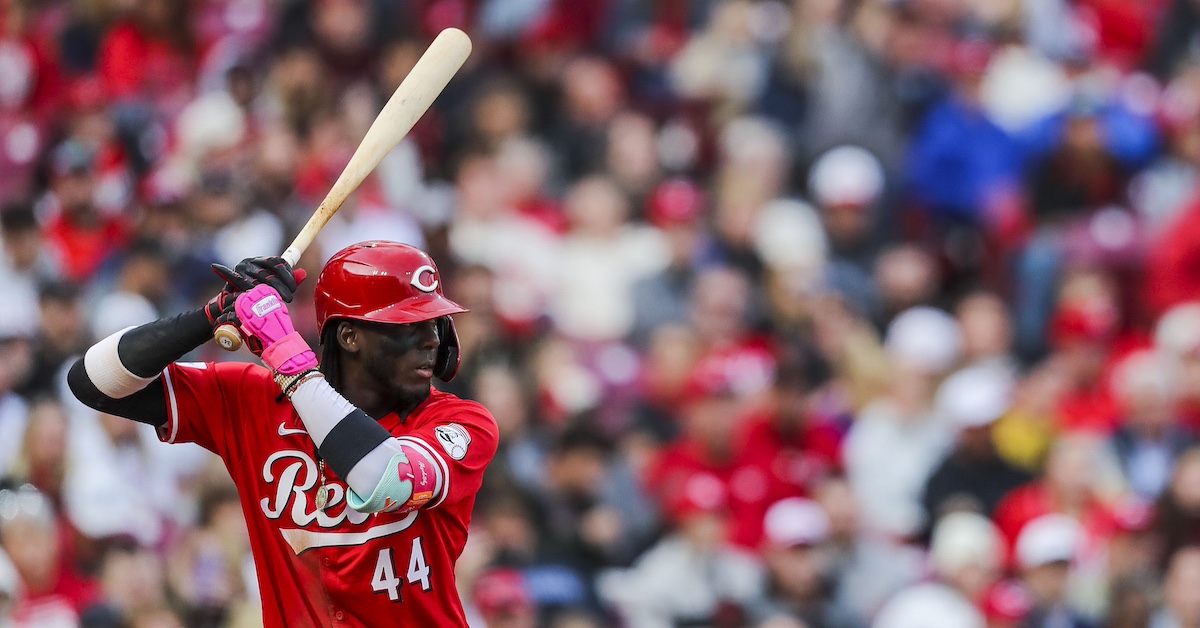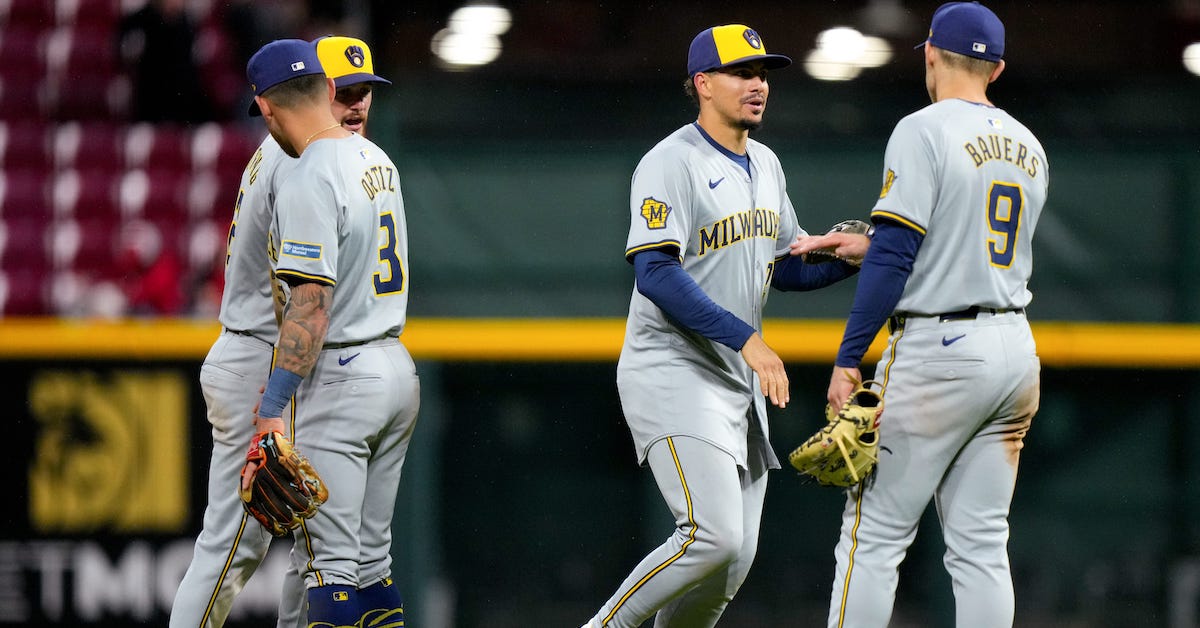Stock Falling: Four Players I’m Lower On After a Month of Play

Roughly a month’s worth of the 2024 season is now in the books. The American League East looks great. The Brewers and Guardians are standing up for the Central divisions. The White Sox can only beat the Rays, and the Astros somehow can’t beat anyone. Enough time has passed that I feel confident saying all of those things. On the other hand, it still feels too early to be certain about which players are over- or under-performing. But that doesn’t mean our opinions can’t change a bit. There’s enough data to make some educated guesses, so let’s put on our speculation caps. Yesterday, I looked at four players — two hitters and two pitchers — who have gone up in my estimation. Today, I’m examining the other side of the ledger.
Spencer Torkelson, 1B, Detroit Tigers
Torkelson is going to end up giving FanGraphs analysts whiplash. We loved him as a prospect, then he started slow and we adjusted our expectations down. Then he got hot at the tail end of last year and made a raftload of loud contact; both Dan Szymborski and I were high on him again coming into 2024. Now he’s off to one of the worst starts in baseball, and I’m back out.
Two things have changed my view. First, Torkelson’s approach at the plate has regressed. I’ve generally liked his swing decisions; he looks for something to drive and doesn’t chase breaking balls. But his swing rate in the heart of the strike zone is down meaningfully this year, and he’s not drawing walks at a rate that makes that sacrifice work out for him. If you’re going to be passive over the heart of the plate, you better absolutely crush the ball when you do swing, or at least possess a Soto-level batting eye so that pitchers are either tempting fate or walking you. Right now, Torkelson isn’t doing either of those things. Read the rest of this entry »







